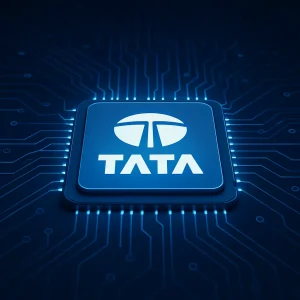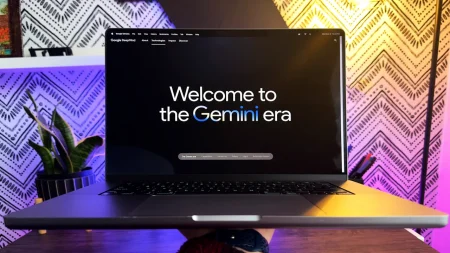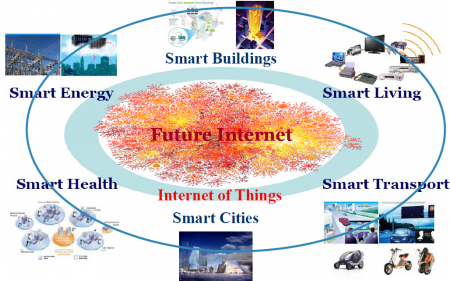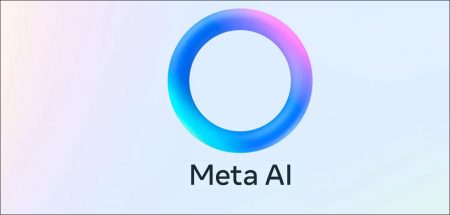The key to successful monetisation is to find a way to generate revenue that is both sustainable and fair to users.
‘Amazon will start showing ads to users of its Prime Video service across the world, it has announced.’ Many other providers, along with this one, have announced a change in pricing strategy, as profit and bottomline are now required to sustain the business.
Amazon announced that customers who want to avoid advertising will have to pay an extra fee. For example, UK Prime subscribers will be charged £2.99 to go ad-free. This change is not novel to Amazon alone, this follows the footsteps of Disney+ and Netflix where they offer ad-supported tiers at lower prices, rather than showing ads to all of their users.

This is not a novel concept.
– Subscription after a free trial period:
– Some services that are free provide basic features for a period of time and then charge a subscription.
– For example, Apple Music offers a two- to three-month free trial with the purchase of an Apple device and then charges a subscription fee.
– However, once a user has reached the two-month free trial period, they cannot receive the service again, even if they purchase new products.
– Tesla also offers a free month of subscription to various applications in the car console, including Spotify, Netflix, Wi-Fi, and assisted driving.
– Ad breaks:
– YouTube and Spotify both rely on advertisements that run during their programming to generate revenue for content creators and themselves. Additionally, Spotify limits the number of skips, replays, and shuffles users can make on songs unless they have a paid subscription.

– Adsense:
Google AdSense offers a means for publishers to monetize their online content. AdSense works by matching ads to the site based on its content and visitors. The ads are created and paid for by advertisers who want to promote their products. Since advertisers pay different prices for different ads, the amount they earn varies.
Every page will follow three steps:
Making ad space available: Make your ad spaces available by adding ad code to the site and selecting where you want the ads to appear.
Highest paying ad appears: Advertisers bid to be displayed in your ad spaces in a real-time auction. The highest paying ads show on the site.
Payment terms: The process of billing all advertisers and networks for the ads on the site is done to ensure that the content creators receive their payments.
There is no need for clicking the ads to get revenue in some cases. The same option works with Instagram as well for paid promotions.
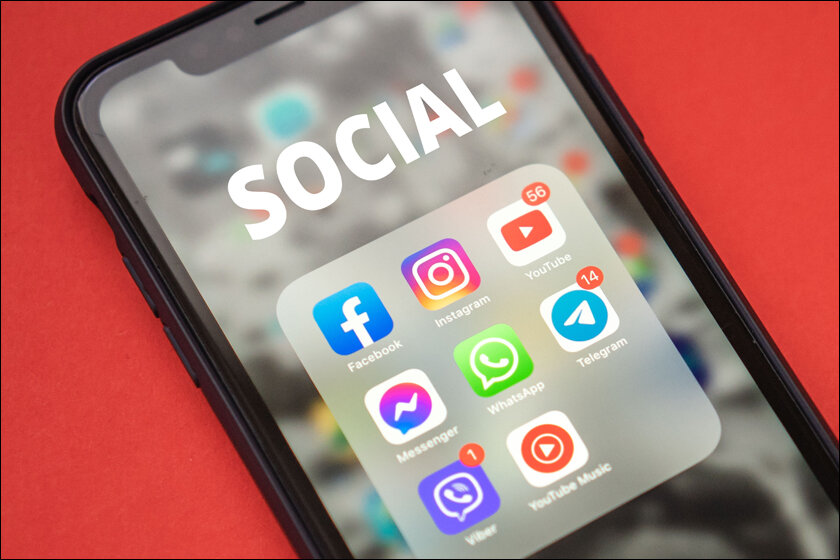
Monetising an idea is tricky yet lucrative concept
For example, a company that offers a freemium app may choose to monetise through in-app purchases, such as the ability to unlock additional features or levels. A company that offers a subscription-based service, such as a streaming platform, may monetise through subscription fees. And a company that offers a product that is sold outright, such as a video game, may monetise through advertising.
Facebook (Meta) struggled to find ways to monetise its platform, as it was a free platform and users were not necessarily willing to pay for content. One challenge was that users were not looking for a place to buy things, but rather to connect with friends and share content. Facebook introduced ads as a way to generate revenue without charging users directly. However, it had to be careful not to overload its platform with ads, as this would have alienated users. Facebook also monetised its platform by selling data to advertisers.
This data is valuable to advertisers, who can use it to target their ads more effectively. Facebook has also experimented with other ways to monetise its platform, such as charging for premium features and selling virtual goods. However, these experiments have not been as successful as ads and data sales. While Facebook has been successful in monetising its platform, it has had to overcome a number of challenges.
A company that offers a freemium app may choose to monetise through in-app purchases, such as the ability to unlock additional features or levels. A company that offers a subscription-based service, such as a streaming platform, may monetise through subscription fees. And a company that offers a product that is sold outright, such as a video game, may monetise through advertising. Lets take a look at options:
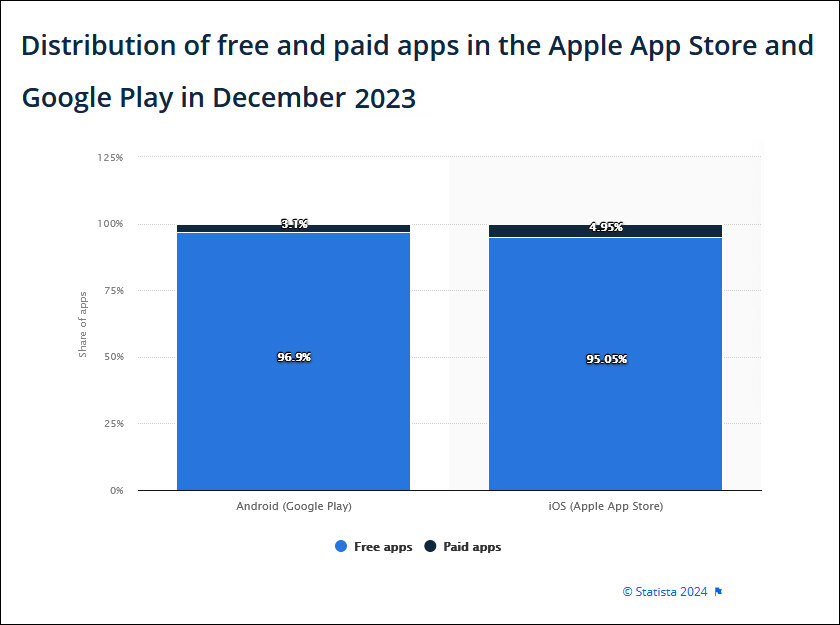
One time download fee:
As of December 2023, nearly 97 percent of apps in the Google Play app store were freely available. The number of free apps on the Google Play Store and the Apple Store alike has been consistently higher than the number of paid apps. 92.9% of apps in the iOS store and 96.7% in the Google Play store – Statistica.
Consistent revenue model:
– For consistent revenue, it is useful to consider App subscription model
– In 2020, app revenue from app subscriptions grew to $13 billion. And among the top 250 apps that were not games, subscription fees accounted for 97% of consumer spend inside apps in 2019.
Flexible app Monetization:
– Combine paid apps and app subscriptions with in-app advertising. Some features are available for a one-time fee, while others require users to pay for avatars and other features. Still other features are supported by advertisements. For example, Snapchat.
In-app advertising:
– A quick and easy way to use Banner ads, Video ads, Native Ads, Interstitial ads, Reward ads, and Gamified Ads. Link to monetizing your app with ads.

Affiliated marketing:
– Partner with influencers to insert specialized links in your content or ads. When your users click those links, land on the company’s website, and buy something, you get a cut.
– Use affiliate ads to convince users to download other apps.
The Apple, Google, and Windows app stores all offer affiliate programs that track when someone leaves your app after seeing an ad for another app and downloads that app.
In app purchases:
Even if users don’t have to buy your app, you can still generate revenue by selling things inside the app. For example, you could offer two free live streams or 40 minutes of free use, but require payment to download pictures or remove watermarks.

Whats next:
With penetration reached, easy ways to keep a company afloat becomes key and monetisation becomes a priority. This is because the company needs to generate revenue in order to continue operating. There are a number of ways to monetise a product or service, including advertising, subscription fees, and in-app purchases. The most effective monetisation strategy will vary depending on the specific product or service being offered.
Crypto monetization platforms are online systems that allow publishers and content creators to get paid in crypto for their work. These platforms typically work by connecting publications with advertisers who are willing to pay in cryptocurrency. When a user clicks on an advertisement that is displayed on a publisher’s website, the advertiser will pay the publisher a certain amount of bitcoin.
The key to successful monetisation is to find a way to generate revenue that is both sustainable and fair to users. Users should not feel like they are being taken advantage of, and the company should be able to generate enough revenue to cover its costs and make a profit.
In case you missed:
- None Found


